Tour Overview
East Africa is a sanctuary for birding enthusiasts, wildlife photographers, and nature lovers. This 37-day expedition is a deep dive into the heart of Africa’s most breathtaking landscapes — from the sweeping Serengeti plains to the misty forests of Uganda’s Albertine Rift. Encounter over 1,000 bird species, marvel at the legendary Wildebeest Migration, track mountain gorillas and chimpanzees, and engage with the diverse cultures of East Africa.
With expert guides and carefully chosen accommodations, you’ll enjoy unrivaled opportunities to explore diverse habitats such as acacia savannahs, montane forests, highland plateaus, and endemic-rich wetlands.
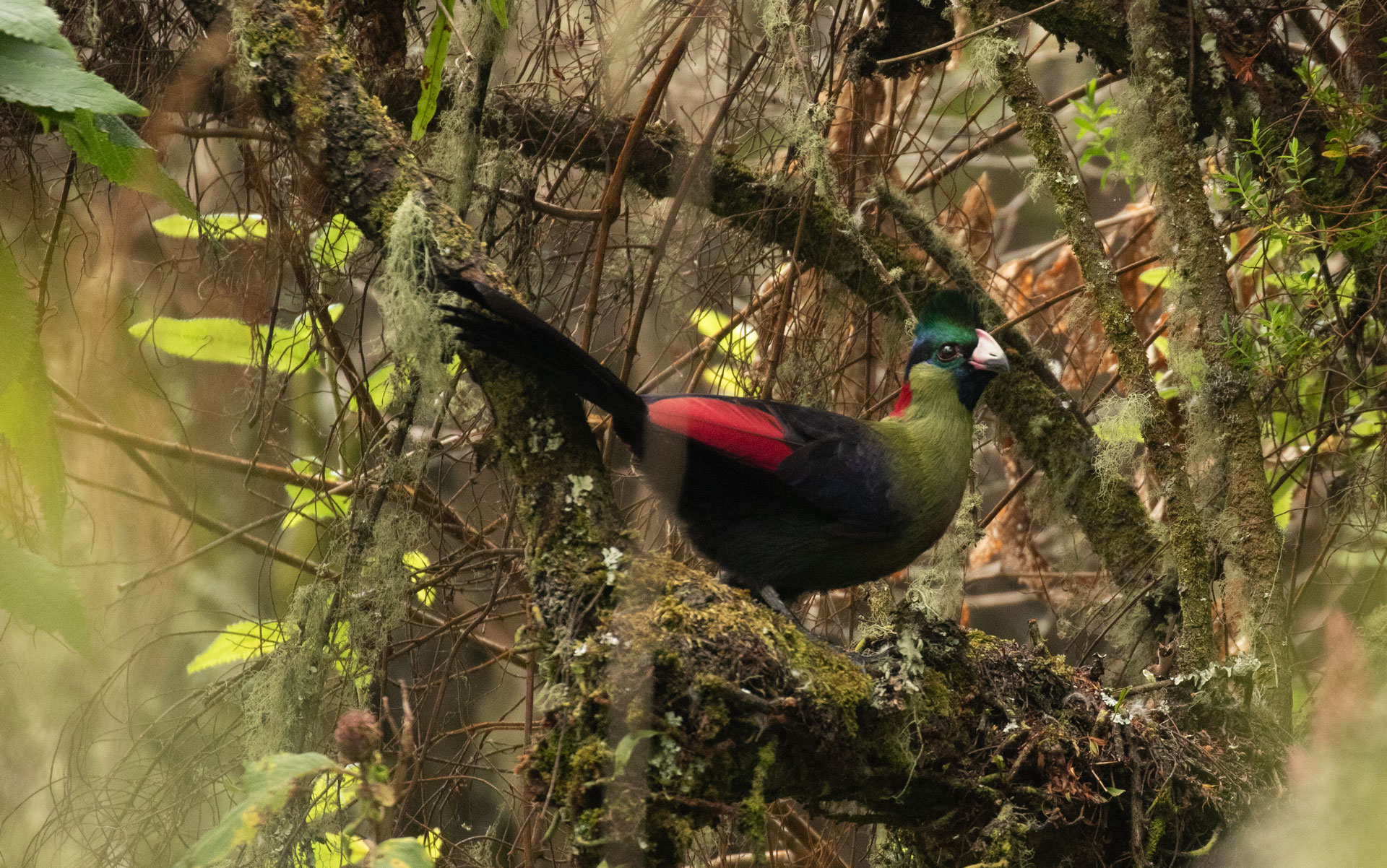
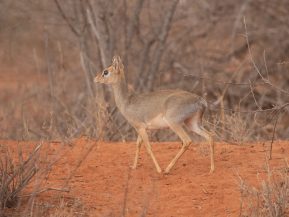
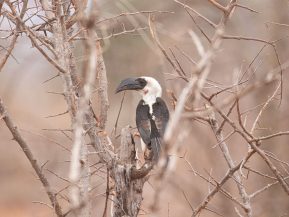
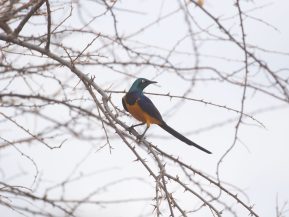
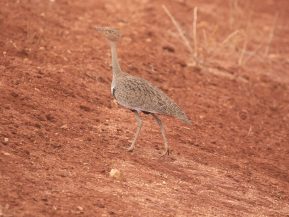
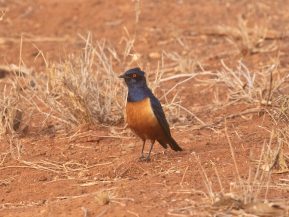
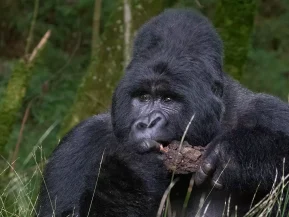
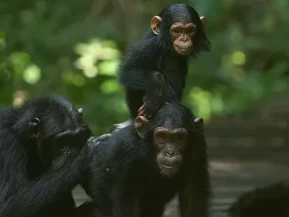
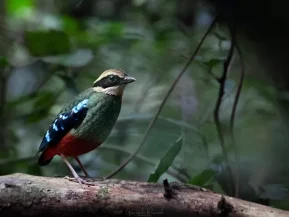
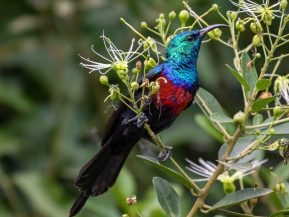
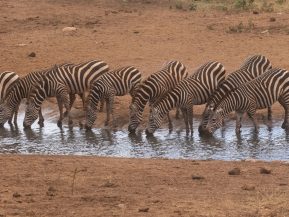
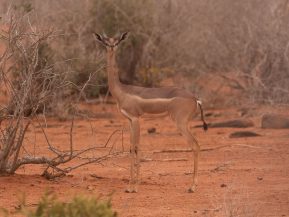
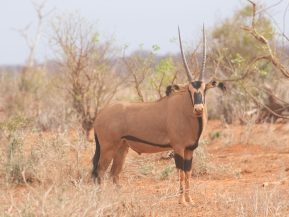
Explore East Africa’s Birdwatching Paradise
East Africa is a world-renowned birdwatching destination, home to over 1,400 species of birds, including endemic, migratory, and rare species that make the region a must-visit for passionate birders. Whether you're a seasoned ornithologist or a nature lover with a keen interest in birds, our East Africa Birding Tours offer immersive birdwatching experiences in pristine habitats such as forests, wetlands, savannahs, lakes, and mountainous regions.
From the misty montane forests of Uganda and Rwanda to the endless plains of Kenya and Tanzania, East Africa offers unbeatable birding opportunities year-round.
Top East Africa Birding Destinations
Top Birding Sites in Uganda – Explore Uganda’s Best Birding Hotspots
Uganda, often referred to as the "Pearl of Africa", is one of the richest birding destinations on the continent, with an impressive list of over 1,080 bird species recorded. Its strategic location at the intersection of East African savannah, Central African rainforest, and the Albertine Rift makes it a top birding destination for both seasoned ornithologists and casual birders. Below are the most iconic birdwatching sites in Uganda that you must include in your East Africa birding tour itinerary:
Mabamba Swamp – The Legendary Home of the Shoebill Stork
Located just a short distance from Entebbe on the shores of Lake Victoria, Mabamba Bay Wetland is a protected Ramsar site and one of the best places in the world to spot the elusive Shoebill Stork in its natural habitat. This vast papyrus swamp is accessed via wooden canoes that silently glide through narrow water channels, offering exceptional opportunities to observe wetland birds up close.
- Famous for reliable sightings of the Shoebill Stork, a rare prehistoric-looking bird
- Home to numerous aquatic species including Papyrus Gonolek, Malachite Kingfisher, African Jacana, Blue-breasted Bee-eater, and Long-toed Lapwing
- Ideal for early morning excursions when bird activity is highest
Mabamba is a must-visit destination for birders who wish to tick off the Shoebill from their birding bucket list while enjoying a peaceful canoe ride amidst breathtaking wetland scenery.
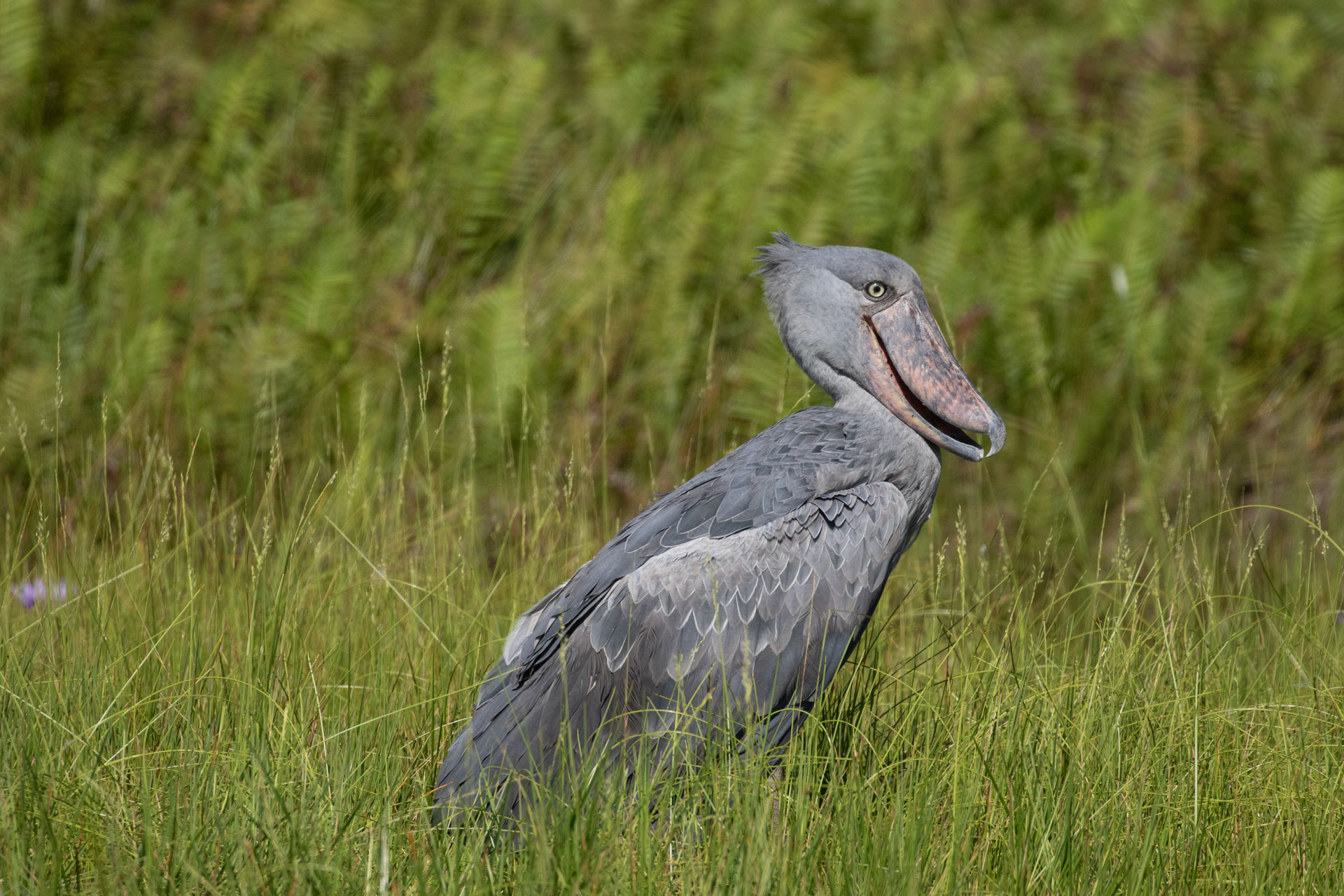
Bwindi Impenetrable Forest – A Haven for Albertine Rift Endemics
Nestled in the southwestern highlands of Uganda, Bwindi Impenetrable National Park is not only famous for its endangered mountain gorillas, but also regarded as the top birding site in Uganda for spotting Albertine Rift endemics. The park hosts over 350 bird species, including 23 species that are endemic to the Albertine Rift region, making it a premier destination for forest birdwatching.
- Recognized as a UNESCO World Heritage Site for its biodiversity
- Offers chances to spot rare forest birds such as the African Green Broadbill, Shelley’s Crimsonwing, Dusky Crimsonwing, and Grauer’s Rush Warbler
- Trails like the Buhoma Waterfall Trail, Mubwindi Swamp Trail, and Neck area are hotspots for birding
With its misty mountain slopes and thick vegetation, Bwindi offers a magical birding experience combined with the opportunity to observe gorillas in the wild—making it a one-of-a-kind stop on your East Africa birding safari.
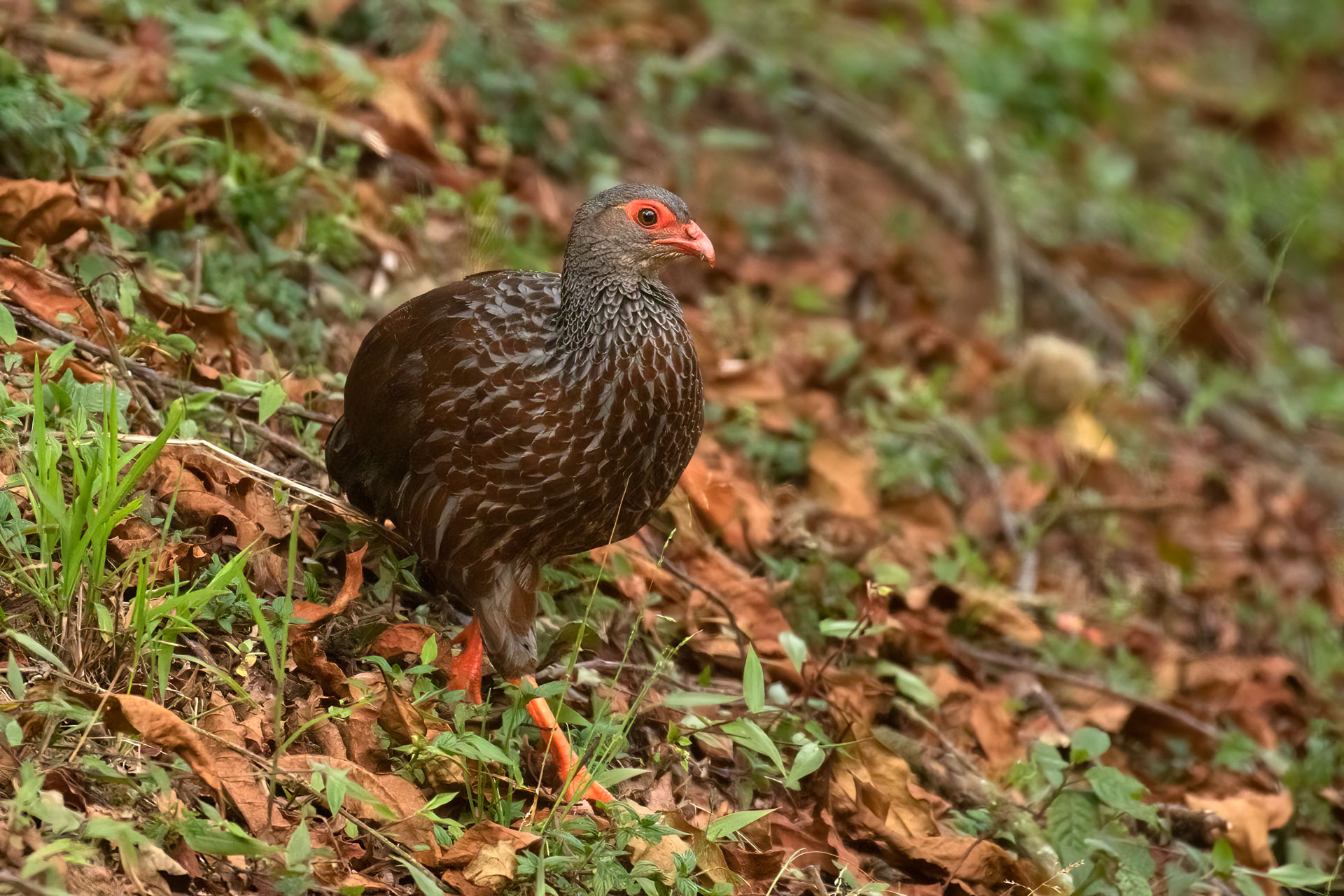
Semuliki National Park – Birding in the Heart of the Congo Biome
Located in western Uganda near the border with the Democratic Republic of Congo, Semuliki National Park offers a completely different birding experience. This lowland tropical rainforest is an extension of the Congolese Ituri Forest, and is home to over 440 bird species, many of which are central African species not found elsewhere in East Africa.
- Known for Congo biome endemics such as Long-tailed Hawk, Nkulengu Rail, Black Dwarf Hornbill, Congo Serpent Eagle, and Yellow-throated Cuckoo
- Offers both forest edge and deep forest birding experiences
- The Sempaya Hot Springs Trail and Kirumia Trail are highly recommended for rare sightings
Birders exploring Semuliki can expect to encounter species that are otherwise only seen deep in Central Africa, making it a crucial addition for any serious East Africa birding tour.
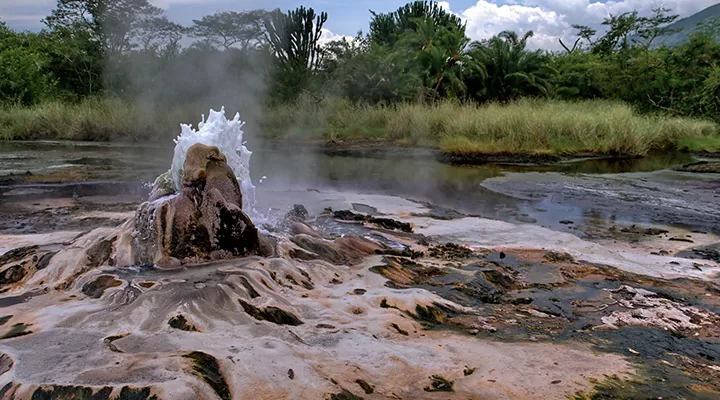
Kibale Forest National Park – Forest Birds and Primate Encounters
Situated in western Uganda, Kibale Forest National Park is globally recognized for its 13 species of primates, including chimpanzees, but it is also a fantastic site for forest birding. With over 375 species of birds, it’s a hotspot for greenbuls, pittas, and turacos.
- Home to the rare and colorful Green-breasted Pitta, often sought by serious birders
- Excellent sightings of Black-capped Apalis, Yellow-spotted Barbet, African Grey Parrot, and Blue-breasted Kingfisher
- Birding along the Kanyanchu Trail, Bigodi Wetland Sanctuary, and forest edges
Kibale offers a great opportunity to combine birdwatching with chimpanzee tracking, making it one of the most rewarding stops on your Uganda birding safari.
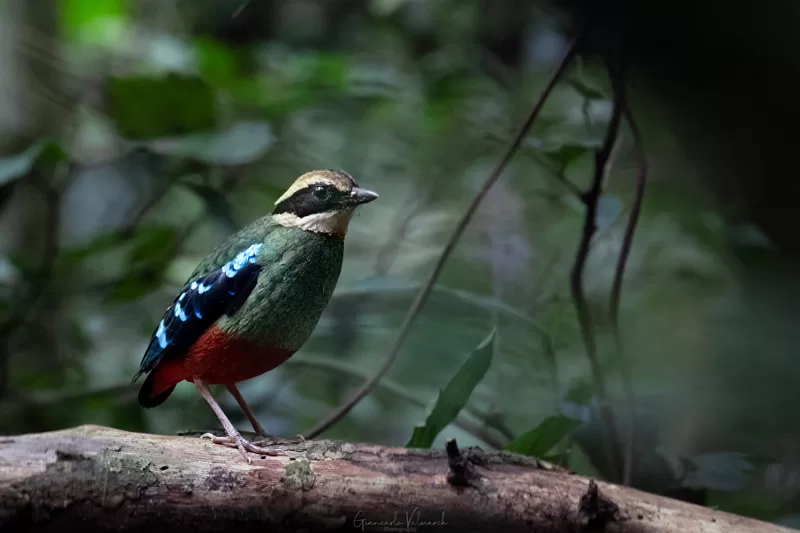
Queen Elizabeth National Park – Birding Meets Big Game
As one of Uganda’s most visited national parks, Queen Elizabeth National Park is a unique blend of birding and big game safaris. The park boasts an impressive checklist of over 600 bird species, making it one of the most biodiverse birding areas in East Africa.
- Prime habitats include the Kazinga Channel, Ishasha sector, and Maramagambo Forest
- Offers chances to see African Fish Eagle, Yellow-billed Stork, Great White Pelican, African Skimmer, Martial Eagle, and numerous Kingfishers
- Birding is best done during boat cruises along the Kazinga Channel, where you can also spot hippos, elephants, and crocodiles
Queen Elizabeth National Park is ideal for birders who wish to combine rich avian diversity with classic African wildlife experiences, all within a picturesque landscape of lakes, savannahs, and volcanic craters.
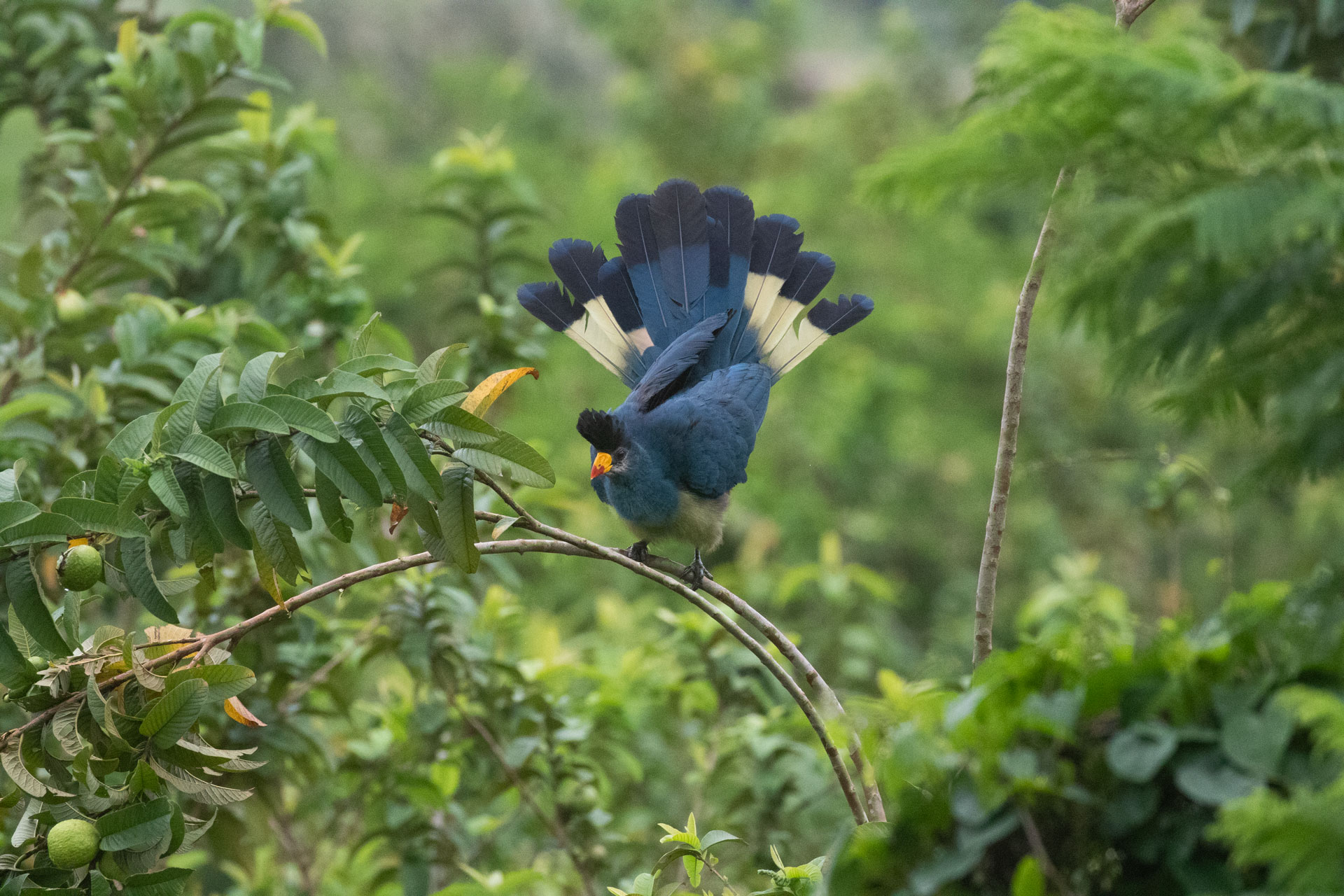
Notable Bird Species Found in Uganda:
- Shoebill Stork – Iconic and prehistoric-looking bird best seen in Mabamba Swamp
- African Green Broadbill – Endangered Albertine Rift endemic found in Bwindi
- Great Blue Turaco – Vibrantly colored and easily seen in forested regions
- Green-breasted Pitta – Rare and hard-to-spot bird found in Kibale
- Shelley’s Crimsonwing – One of Africa’s most elusive birds, found in Bwindi

